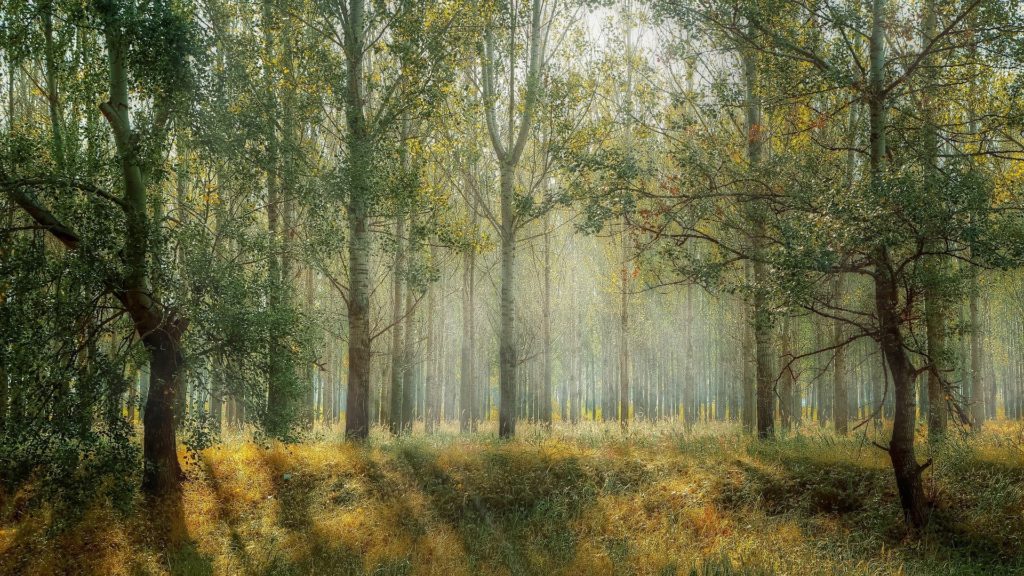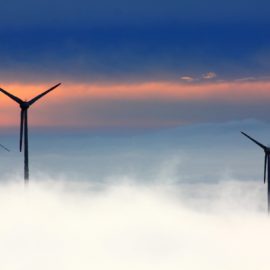
Imagine this forest eons ago in what is now Alabama and then the land shifted and the Gulf of Mexico formed and the trees went underwater. Goodby to the forest? Not quite.
Buried under a layer of mud several miles off the Alabama coast lies an ancient cypress forest frozen in time. Dating back long before humans are believed to have stepped onto the continent, when woolly mammoths and other giant beasts dominated the region, the site sat undisturbed for eons until 2004. Scientists believe that when Hurricane Ivan brought near-record-setting waves as it thundered through the Gulf of Mexico, the Category 5 storm also scoured the ocean floor and lifted a layer of sand that long encapsulated the paleolithic forest.
theadvocate.com
This is an exciting discovery as being able to look and inspect the preserved wood will give us clues to the climate and life at that time as well as indications to what we may face today.
LSU paleoclimatologist Kristine DeLong first became aware of the hidden forest nearly a decade ago, almost by happenstance. A scuba diving shop she followed on Facebook shared an Alabama journalist’s post asking if any researchers were interested in coming to the underwater site he found with tree stumps sticking out of the seafloor. That got her thinking, and calculating. At about 60 feet underwater, the global sea-level curves would date the site at about 10,000 to 12,000 years old. But after a team of scuba diving researchers went below to take core samples and even stumps buried in the mud, they realized the material was far older. They couldn’t even radiocarbon-date the samples because that procedure can only measure up to 50,000 years. Scientists estimate the age of the forest is somewhere between 45,000 and 70,000 years old. “This is not what you’d expect to find in the ocean,” DeLong said during an interview at her office after unwrapping core samples she pulled from the site 60 feet underwater. “This is very similar to what you’d find if you went out into the Atchafalaya Basin.”
The findings were published in BOREAS but questions, more research remains to be done. The researches found a trove of information some of what was unexpected. Some of the wood sample smelled like wood. They found pollen and seeds as well as a mite. Covered by the sand, there was a well preserved forest to be found. There are questions on geography as well – where did the land extend to? Why did the Gulf swallow it up?
Researchers have a few hypotheses on what may have caused the forest to become buried. One idea is that sea levels rose quickly rose and submerged the area. Another possibility: that 2-mile-thick ice sheets in the north melted and caused a sudden rush of water down the Mississippi River that buried the forest in sediment. “We just don’t have a tool that allows us to see if that was a day event, or if happened over thousands of years,” DeLong said. “It’s like having a microscope that’s very blurry. We know it’s there, but we can’t see it very well.”
The old cypress seems to have the same qualities as the cypress of today as it is able to fend off bugs and water damage. Being kept under the sand in a low to no oxygen state helped as well. Now the site needs to be preserved for research.
Because of the wood’s high material value and protected status after generations of being harvested from public lands, researchers have been pushing to protect the underwater forest. A bill in Congress would designate an area 10 miles south of Gulf Shores as a national marine sanctuary and bar people from harvesting the wood for commercial use. Delong said that would give scientists peace of mind that the site won’t be disturbed as they continue their work in the area. “We probably have another 10 years we can keep doing research on this,” DeLong said. “As a scientist, this is kind of like that dream project.”
An interesting discovery and nature has a way of opening up up our past so we can learn of the present and future.



